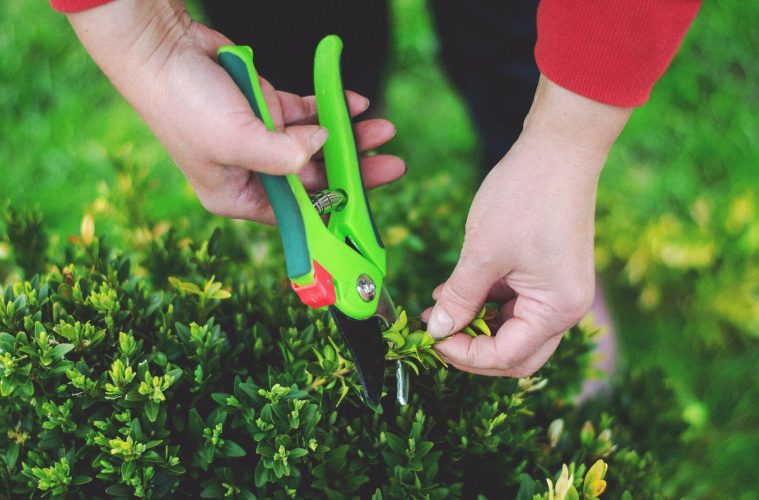The right thing at the right time equals a landscaped garden with less effort and cost.
Even though winter is traditionally considered the ideal time to prune shrubs and trees to stimulate growth in the spring, if it is undertaken as an all-year-round activity, the results will speak for themselves. “Pruning can seem a formidable task to the uninitiated,” says Johan Kruger, National Sales Manager at Husqvarna South Africa, “but if you follow a simple schedule, you will reap the rewards of your investment and enjoy a beautiful garden throughout the year.”
From a landscaping perspective, the primary purpose of pruning is to create a visually pleasing result. Johan offers three reasons why pruning is important, with some helpful tips and how to achieve your desired outcome:
Why?
There are numerous reasons why as a gardener, one should be pruning throughout the year. Three important ones include:
Plant Health
Nature uses insects and diseases to clean up dying and injured plants. By removing the dead, diseased, or broken parts of a plant, you minimise susceptibility, limit ongoing infections and ward off opportunistic pests. On top of that more productive, vigorous growth will be stimulated on aged, sparse shrubs.
Growth Control
Besides maintaining the size and density of plants and trees, hedges and topiaries shaped into beautiful forms require regular pruning to maintain them. Pruning also ensures garden proportions are retained and assists in training a plant to grow according to your personal preference, thus preserving the overall aesthetic value of a well-maintained garden. Additionally, a garden with limited over-growth is an extra security measure and can act as a deterrent.
Encourage Flower and Fruit Production
Many plants and trees do not flower as a result of inadequate natural light. Sunlight stimulates the formation of flower buds and regular pruning to open up the middle will increase flowering and subsequent fruit production.
Three Top Tips
Prune like a pro using these three tips:
1. Get the angle right: Ensure that you give the cut the best chance of healing with no infections in the cut or the bud below by cutting at a 45° angle.
2. Distance from the node: The node is the point from which leaves, buds or shoots grow. Cut about 1,5cm above a node. When cuts are made closer new growth might be damaged. Farther away and “die back” may be too extensive, inviting disease or infection.
3. Do not apply sealer: Sealers create wet, dark places which are ideal for bacteria and fungi – these can cause severe damage and possibly kill the plant. If you cut in the right place and at the right angle, the plant will heal itself.
Three Outcomes
Depending on the desired outcome, chose one of these methods to get the job done successfully:
1. Thinning Cuts: Removing entire limbs by cutting them out at the base, is the best method when more light and air are required by a plant. Sunlight stimulates new, productive growth and airflow inhibits the development and spread of fungi. When thinning is done properly, the natural plant shape is maintained.
2. Heading Cuts: When dense, more compact growth is desired, cut back to a standard point, uniform across all branches without removing any completely. Growth buds on the remaining portion of the branches will be stimulated.
3. Rejuvenation Pruning: Also known as renewal pruning, this is a more severe intervention to reset the plant. By cutting the plant back to within 15 to 60cm of the ground, you can give overgrown, mishappen or scraggly plants a second chance.
“Like anything, you need the right tools to do the job and there are many types of specialised equipment available for pruning,” says Johan. For example:
- Pole saw – used for large branches and tree limbs, usually greater than 5-8 cm in diameter.
- Handsaw – a manual saw used for thicker branches
Regardless of the tool, it is important to keep it sharp and clean. A sharp blade will give a clean cut with minimal damage to the tissues. Clean equipment will minimize the spread of any diseases that may be present.
“Pruning need not be an onerous task if done according to a schedule, with the right tools and will ensure maximum return on your investment and efforts,” concludes Johan.
Pruning tools are available at your local Husqvarna dealer. Find your closest store or shop online at za-promo.husqvarna.com
Featured image: Tamara Elnova via Pexels


